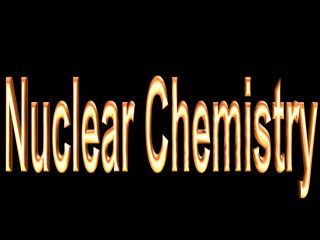

University of Rochester
Nuclear Science Research Group
Research
The University of Rochester Nuclear Chemistry group performs basic research in nuclear science. The present focus is on explorations of the dynamics of complex nuclear reactions and the response of nuclear matter in energetic collisions of light and heavy ions with heavy target nuclei. The research is sponsored by grants from the United States Department of Energy. It has been featured on the DOE web pages. The following explains the general scope of ongoing research and recent accomplishments.
- Scope of Research
The group studies experimentally and theoretically the properties of nuclei at their limits of stability and the response of nuclear matter in intermediate-energy collisions, specifically:
- Critical states and non-equilibrium behavior of nuclear matter, mechanical and chemical instabilities of hot nuclei; conformational criticality of nuclei,
- Correlations and dynamical cluster formation in complex nuclear reactions,
- Nuclear transparency and the disappearance of classical friction,
- Coherent and stochastic modes of non-equilibrium particle emission,
- Quantal behavior in nuclear collisions and decay,
- Isospin dependence of reaction phenomena.
The work is significant for the development of a quantum-statistical description of the finite A-body system in a transition from weak to strong coupling, for the determination of an effective equation of state of nuclear matter, for the behavior of nuclear matter under conditions of extreme pressure and temperature, its critical states and its phase transformations. It has consequences for our microscopic understanding of matter, the production of exotic new nuclei, and applications in the exploration of cosmological objects and processes. There are also direct applications of the experimental technology, for example in fast-neutron imaging (MANDI).
AccomplishmentsThe most important results from the ongoing nuclear chemistry research program include:
- The discovery of a new critical conformational instability of finite nuclei, a break-through in our understanding of nuclear cluster production and phase transformation,
- The identification of two separate cluster production mechanisms in heavy-ion reactions,
- The experimental observation of a memory of the initial isospin asymmetry in the non-equilibrium emission of nucleons and nuclear clusters,
- Evaluations of statistical cluster aggregation mechanisms in A-A and p-A reactions,
- The development of an understanding of how and why current equilibrium statistical models fail to explain nuclear multi-fragmentation
- The identification of the curiously slow, heavy residues observed in central, as well as in peripheral heavy-ion collisions, as remnants of target-like fragments,
- Observation of resilience and diminution of one-body transport phenomena at intermediate energies.
This research has benefited from advanced research equipment such as detectors and electronics developed by the group and its collaborators (see recent presentation). The discovery of a new nuclear decay mode driven by the nuclear surface entropy of expanded nuclei, could resolve the decade-old puzzle of statistical cluster emission from hot nuclei, which traditional statistical models have been unable to explain. The effect is a quantum phenomenon associated with multi-fermion state densities.
The questions addressed by this research program define the leading edge of research in complex nuclear reaction mechanisms at intermediate energies.